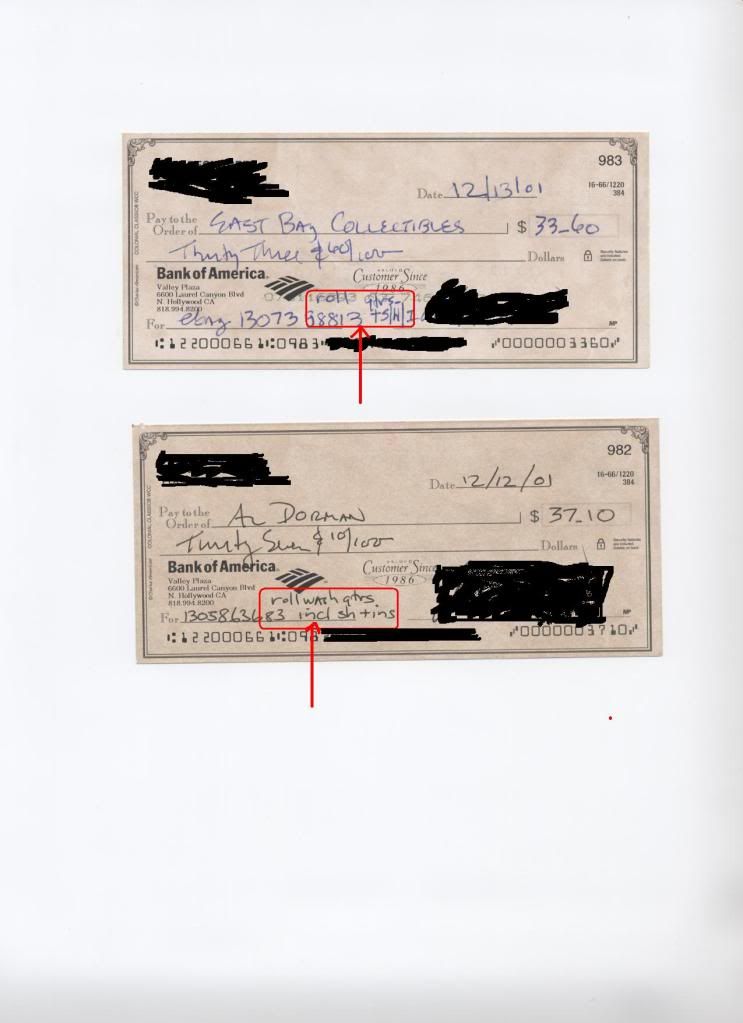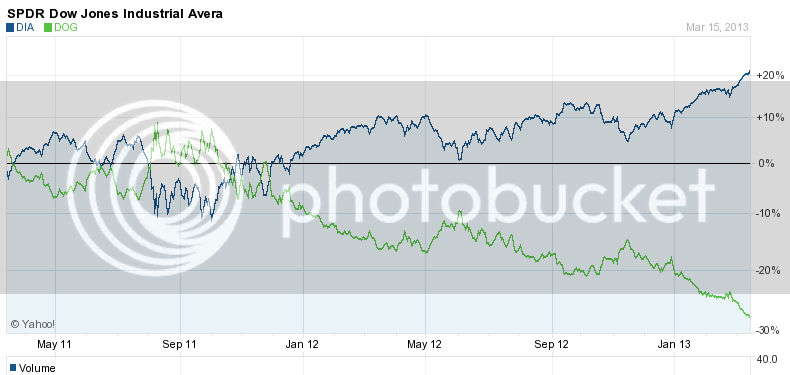Hi,
I want to give some good advice on how to protect yourself from market risk. I'm sure some of you already practice this. It might even be mentioned somewhere on the forum but I didn't see it. I've read and see that some of y'all lose money when gold goes down. You guys have given me a lot of great advice so I'm going to return the favor with this piece of advice.
So when the market goes down before you refine and sell your gold, you lose money, right? It doesn't have to be that way. There's something I learned in college. It's called hedging. When you buy gold to be refined, it's like taking a position in gold on the commodities exchange. What you need to do is simultaneous sell short the gold that you buy. As refiners, you shouldn't be gambling on the price of gold. That would be senseless. The big boys hedge their gold by taking by selling futures contracts and buying put options. To do this, you need 100+ fine troy ounces minimum . I'm sure some of you have this much gold but I for one, don't. I usually have, at any given time, 10 at the most. So how to I protect my small amounts? I buy inverse gold ETFs. These are funds that you can buy just like stocks. You can buy them online from any brokerage, such as E-Trade and Charles Schwab. My favorite ETF is DGLD. It moves 3x the inverse of gold. So for example, if gold goes down 3% on a given day, DGLD will go up in value by 9%. Here's an example: Let's say you have $30,000 worth of fine gold and today's price is $1575/ozt. Gold tanks $100 like it did in February, to $1475. This means that your gold is now only worth $28,000. For a lot of us, 2k is a lot to lose. To prevent something like this from harming you, what you do is buy $10,000 worth of DGLD. When your $30k gold position depreciates to $28k, your $10k DGLD position will have appreciated to $12k (it can of course diverge a little bit, but not by much). Your net gain/loss is zero.
I do this all the time. I've tested it in real practice. It works. In fact, I'm going to buy some shares today to cover the gold I bought over the weekend. I always maintain a proper level of shares given the amount of gold I have.
As final note, you should diversify your ETFs if you can. That's what my finance professor recommended to me. There are 3 other inverse-gold ETFs that do the same thing. The are: GLL, DZZ, and DGZ.
I want to give some good advice on how to protect yourself from market risk. I'm sure some of you already practice this. It might even be mentioned somewhere on the forum but I didn't see it. I've read and see that some of y'all lose money when gold goes down. You guys have given me a lot of great advice so I'm going to return the favor with this piece of advice.
So when the market goes down before you refine and sell your gold, you lose money, right? It doesn't have to be that way. There's something I learned in college. It's called hedging. When you buy gold to be refined, it's like taking a position in gold on the commodities exchange. What you need to do is simultaneous sell short the gold that you buy. As refiners, you shouldn't be gambling on the price of gold. That would be senseless. The big boys hedge their gold by taking by selling futures contracts and buying put options. To do this, you need 100+ fine troy ounces minimum . I'm sure some of you have this much gold but I for one, don't. I usually have, at any given time, 10 at the most. So how to I protect my small amounts? I buy inverse gold ETFs. These are funds that you can buy just like stocks. You can buy them online from any brokerage, such as E-Trade and Charles Schwab. My favorite ETF is DGLD. It moves 3x the inverse of gold. So for example, if gold goes down 3% on a given day, DGLD will go up in value by 9%. Here's an example: Let's say you have $30,000 worth of fine gold and today's price is $1575/ozt. Gold tanks $100 like it did in February, to $1475. This means that your gold is now only worth $28,000. For a lot of us, 2k is a lot to lose. To prevent something like this from harming you, what you do is buy $10,000 worth of DGLD. When your $30k gold position depreciates to $28k, your $10k DGLD position will have appreciated to $12k (it can of course diverge a little bit, but not by much). Your net gain/loss is zero.
I do this all the time. I've tested it in real practice. It works. In fact, I'm going to buy some shares today to cover the gold I bought over the weekend. I always maintain a proper level of shares given the amount of gold I have.
As final note, you should diversify your ETFs if you can. That's what my finance professor recommended to me. There are 3 other inverse-gold ETFs that do the same thing. The are: GLL, DZZ, and DGZ.


















































